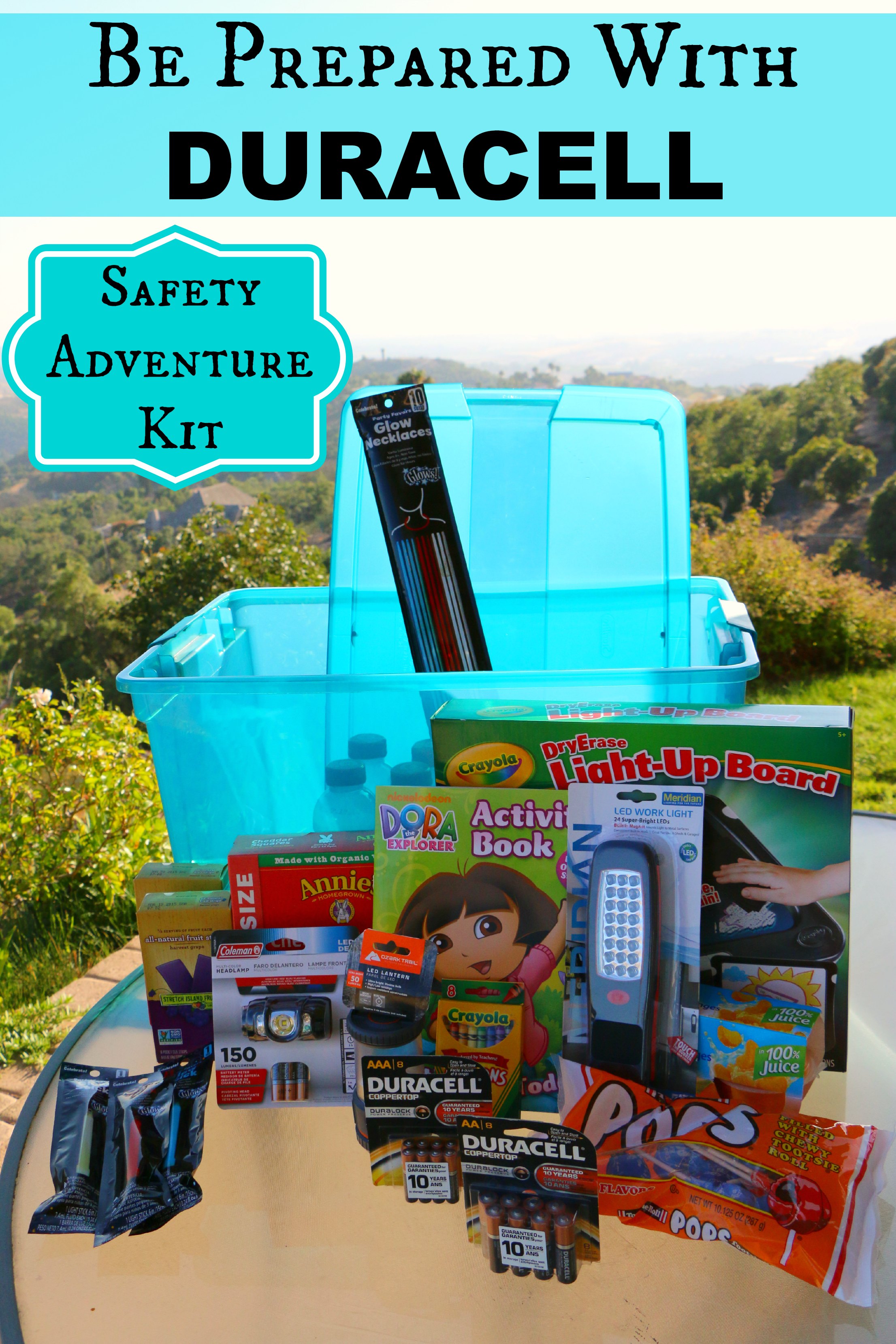
As parents, guardians, or caregivers, ensuring the safety of our children is a paramount concern. A child's safety kit is an essential tool that can help us prepare for unforeseen circumstances and emergencies. This kit is not just a collection of items; it represents a proactive approach to safeguarding our little ones. By equipping ourselves with the right resources, we can instill a sense of security and confidence in our children, making it easier for us to navigate potential dangers in our environment.
The concept of a child’s safety kit extends beyond physical items; it also encompasses the knowledge and skills necessary to respond effectively in a crisis. Whether it’s a minor injury, an unexpected situation, or a natural disaster, being prepared can make all the difference. In this article, we will explore the essential components of a child’s safety kit, how to customize it based on your child’s age and needs, and tips for educating your children about safety.
In a world where accidents can happen at any time, having a well-thought-out child’s safety kit is crucial. Not only does it provide peace of mind for caregivers, but it also teaches children the importance of being prepared. This guide will delve into the various elements that make up an effective safety kit and how you can create one tailored specifically for your child. Let’s get started on this important journey toward ensuring our children’s safety!
What Should Be Included in a Child’s Safety Kit?
Creating a child’s safety kit involves selecting items that cater to various potential emergencies. Here’s a comprehensive list of essential components:
- First Aid Supplies: Band-aids, antiseptic wipes, gauze pads, adhesive tape, and scissors.
- Emergency Contact Information: A list of important phone numbers, including parents, a trusted neighbor, and local emergency services.
- Flashlight with Extra Batteries: For power outages or low-light situations.
- Whistle: To signal for help if needed.
- Comfort Items: A small stuffed animal or toy that can provide comfort in stressful situations.
- Water and Snacks: Non-perishable snacks and bottled water to keep your child hydrated and energized.
- Basic Hygiene Products: Hand sanitizer, wipes, and tissues.
- Child-Specific Items: Any necessary medications or special items your child may need.
How to Tailor a Child’s Safety Kit for Different Ages?
It’s important to customize a child’s safety kit based on their age and developmental stage. Here are some age-specific considerations:
For Toddlers:
- Include age-appropriate toys for comfort.
- Ensure choking hazards are removed from the kit.
- Use brightly colored items to keep their attention.
For Preschoolers:
- Incorporate simple educational materials about safety.
- Introduce basic first aid concepts through play.
- Encourage their participation in assembling the kit.
For School-Age Children:
- Include a simple first aid manual they can understand.
- Teach them how to use the items in the kit.
- Discuss emergency plans for various situations.
What Are the Best Practices for Educating Children About Safety?
Having a child’s safety kit is only one part of the equation; educating children about safety is equally important. Here are some best practices:
- Conduct Regular Safety Drills: Practice what to do in case of fire, earthquake, or other emergencies.
- Use Role-Playing: Make learning fun by role-playing different scenarios.
- Discuss Potential Dangers: Talk openly about what to do if they find themselves in dangerous situations.
- Encourage Questions: Make it a safe space for your children to ask about safety concerns.
How Often Should You Review and Update the Child’s Safety Kit?
It’s essential to regularly review and update your child’s safety kit. Here’s a quick guide:
- Every Six Months: Check all items for expiration dates, especially medications and food.
- Before Each School Year: Tailor the kit to match any changes in your child’s needs or activities.
- After Any Major Life Changes: Update the kit if your family relocates, or if there are new family members.
Where Should You Store the Child’s Safety Kit?
Choosing the right storage location for your child’s safety kit is crucial. Here are some recommendations:
- Keep it in an easily accessible place, such as a designated drawer or cabinet.
- Ensure it’s out of reach of very young children, but still accessible to older ones.
- Consider a portable option for outings or travel, like a backpack or tote bag.
What Are the Signs of a Well-Prepared Child’s Safety Kit?
A well-prepared child’s safety kit should meet several criteria:
- Comprehensive: Covers a wide range of potential emergencies.
- Current: Items are regularly checked and updated.
- Accessible: Easy for both parents and children to locate and use.
- Educational: Contains materials that help teach children about safety.
How Can Community Resources Support Child Safety Initiatives?
Community involvement plays a significant role in child safety. Here are some resources that can help:
- Local Fire Departments: Often provide safety workshops and resources.
- Schools: May offer safety education programs and resources for families.
- Pediatricians: Can provide guidance on health-related items for safety kits.
- Community Centers: Frequently host safety events and provide educational materials.
Conclusion: Why Every Parent Needs a Child’s Safety Kit?
Creating a child’s safety kit is an essential step in ensuring your child's well-being and preparedness for emergencies. By including the right items and educating your children on safety practices, you equip them with the knowledge and resources to handle unexpected situations confidently. Remember, safety is not just about having a kit; it’s about fostering a culture of preparedness within your family. Together, let’s prioritize our children’s safety and create a secure environment where they can thrive!
ncG1vNJzZmivp6x7rK3PrKqnZpOkunCyzpysrGWfo3qxvs6gqZ6ro2SwqbXLnapmq5GbsrXFjKSgrWaYqbqt